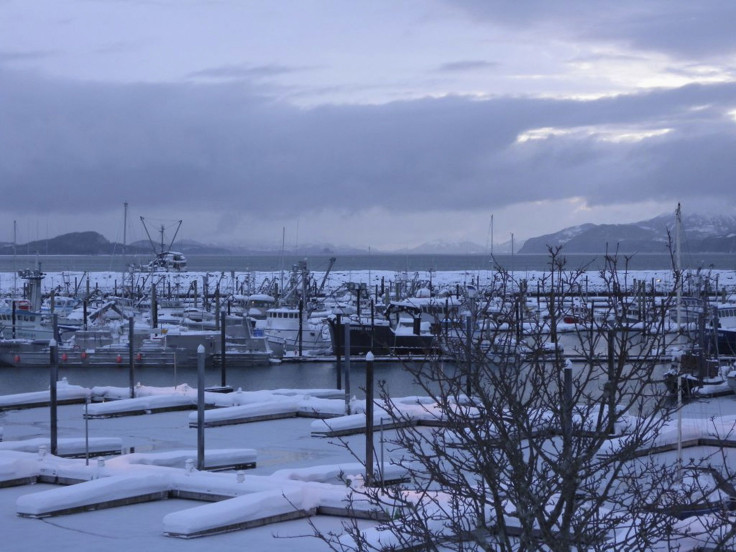Alaska Voting Results 2014: Why Do Election Returns Take So Long?

Three days after Republicans celebrated their historic wins in Tuesday's midterm elections and Democrats tended to their many wounds, Election Day is still far from over in Alaska. The results of the state's competitive Senate and gubernatorial campaigns remained unknown on Friday, casting a spotlight on the difficulty of voting in the largest and least densely populated place in the United States.
Of the 441 polling places in Alaska, 25 percent of them are inaccessible to roads, according to Shelley Growden, elections systems manager for Alaska’s Division of Elections. “Everything for elections has to be mailed there and shipped there” by plane, she said. “You can’t just drive from Anchorage to these places.”
The state is dominated by miles of uninhabited wilderness and rural villages. Elections supplies, like ballots, have to be shipped on small aircraft, sometimes in two or three planes, for Election Day, Growden said. Election officials have to mail the materials two to 2½ weeks before the election to ensure localities get the supplies in time. On Election Day, poll workers then have to count ballots by hand, call the elections division with the preliminary results and mail the ballots back to the office.
“Because of the way Alaska is, we don’t have the luxury of other jurisdictions that have the ability of workers to drive ballots to their offices,” Growden said.
Absentee ballots that are postmarked by Election Day and mailed from the United States have 10 days to show up at the Alaska Division of Elections to be counted. Overseas ballots have 15 days to reach the election office. Why so long?
“Because we are remote and because we do have some communities that may only get a mail plane once or twice a week,” Growden said. “Alaska always has a very large number of absentee ballots after Election Day and Alaska is notorious for close races.”
It’s those outstanding ballots that are preventing U.S. Sen. Mark Begich, D-Alaska, and Republican Gov. Sean Parnell from conceding victory to their challengers. With 100 percent of Alaska precincts reporting, Republican Dan Sullivan is leading Begich, 49 percent to 45.3 percent, or a difference of roughly 8,000 votes. In the governor’s race, independent candidate Bill Walker leads Parnell by more than 3,000 votes, or 48 percent to 46.6 percent.
The vote totals don’t include some 23,000 absentee ballots yet to be counted, which may sway the outcome of either race. An additional 14,000 absentee ballots were mailed to Alaska voters, and these It’s unclear how many of these ballots have been returned.
Besides absentee and early ballots, there are provisional ballots still to be counted, which in Alaska are known as questioned ballots. These are ballots that were cast at the wrong polling place or contained some other type of irregularity that caused them not to be counted with the rest of the Election Day votes. Growden said there are some 13,500 questioned ballots that have been received.
Cutting down the time that ballots need to be received by would undermine the election process, she said. “If you speed things up, you miss the chance that a voter votes and their ballot doesn’t count,” Growden said. “It would disenfranchise voters.”
Alaskans are no strangers to protracted elections. When Begich unseated then-U.S. Sen. Ted Stevens in 2008, Stevens didn’t concede until Nov. 19. Stevens, who died in a plane crash in January 2009, lost by fewer than 4,000 votes, or about 1 percent of all the votes cast.
Begich issued a statement Thursday, saying his campaign would honor the state's election procedures and timetable. "The vote totals probably won't be known for a while," he said, according to the Associated Press. "But we ran this campaign for all Alaskans, and we're going to make sure that all votes legally cast by Alaskans are counted."
Sullivan's campaign, meanwhile, sent out an email that read: "Begich is clinging to votes that don't exist."
© Copyright IBTimes 2024. All rights reserved.












